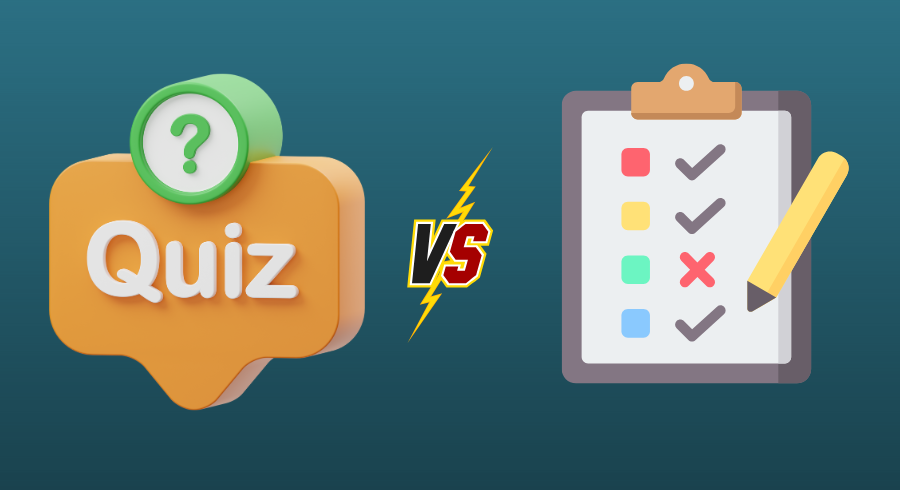Converting website visitors into coaching clients can be challenging, especially if you’re relying on traditional, hard-sell tactics. Pressuring prospects into making a quick decision often results in high bounce rates and low conversion rates. Instead, the key to success lies in creating a seamless experience that builds trust and gently leads visitors toward making a commitment to your coaching services.
If you’re wondering how to turn website visitors into clients without pushing too hard, the answer is simple: coaching website conversion strategies. By focusing on nurturing relationships, offering real value, and guiding prospects through their decision-making process, you can convert visitors into loyal clients. In this article, we’ll explore actionable strategies that will help you increase your website’s conversion rate while fostering authentic connections with potential clients.
Why Hard Selling Doesn’t Work on Your Coaching Website
Hard selling is often counterproductive, especially when it comes to high-investment services like coaching. While it might seem like an effective way to make quick sales, this approach can push visitors away and damage your brand’s reputation. According to a study by HubSpot, 86% of consumers find high-pressure sales tactics annoying, and they tend to associate them with negative experiences.
The problem with hard selling is that it prioritizes short-term gains over long-term relationships. Visitors to your coaching website need time to assess whether your services align with their needs. When they feel pressured, they are less likely to trust your brand or make a commitment. Instead, build a strategy that focuses on soft-sell techniques to nurture visitors and guide them through the journey.
What works better than hard selling?
- Educational Content: Provide value upfront by sharing resources that solve your audience’s problems.
- Client Testimonials: Showcase social proof through authentic client success stories.
- Low-risk Offers: Encourage visitors to take small steps with free consultations, assessments, or downloadable guides.
By offering value, social proof, and free resources, you allow visitors to make decisions on their terms, which builds trust and enhances the likelihood of conversion.
Building Trust on Your Coaching Website: The Foundation of Conversion
One of the biggest challenges in converting website visitors into clients is establishing trust. Without trust, no amount of content or persuasive language will turn a visitor into a client. Here’s how you can build trust on your coaching website:
- Showcase Client Testimonials: Social proof plays a huge role in establishing credibility. Real stories from past clients help reassure visitors that your coaching can deliver results. Testimonials are particularly effective when they address specific pain points your target audience is facing.
- Display Your Credentials and Expertise: Your qualifications, certifications, and experience matter. Ensure your website clearly communicates why you’re an expert in your field. This could include mentioning professional coaching certifications or years of experience.
- Offer Free Resources: Give away valuable content, such as blog posts, ebooks, or free consultations. Providing free resources demonstrates your expertise and builds goodwill with potential clients. This approach can also highlight the value of your services without pushing for a sale.
- Ensure a Professional Website Design: A clean, user-friendly design builds confidence in your services. A well-structured website with fast loading times and intuitive navigation ensures that visitors can easily find the information they need to trust you.
How to Use Content to Guide Website Visitors Toward Conversion
Content is one of the most effective tools for turning visitors into clients, as it provides value and nurtures relationships. By offering the right content, you help your audience move from the awareness stage to the consideration stage of their buying journey. Here are some content strategies that work:
- Create Valuable Blog Posts: Write blog posts that answer common questions or address the pain points of your target audience. These posts should position you as an expert while helping visitors solve real problems.
- Use Lead Magnets: Lead magnets like free ebooks, worksheets, or downloadable guides capture visitors’ contact details and provide them with valuable information. Once you have their contact details, you can nurture the relationship further through email marketing.
- Host Webinars or Workshops: Offering a free webinar allows visitors to experience your coaching style and expertise firsthand. It also provides an opportunity to connect with them on a more personal level, increasing their trust in your services.
- Case Studies: Showcase the results of your past clients through detailed case studies. These show visitors the tangible benefits they can expect from your services, which is particularly persuasive for those in the consideration phase.
Pro Tip: Use a call-to-action (CTA) after each piece of content. Encourage visitors to take the next step—whether that’s booking a free consultation or downloading a lead magnet.
Effective Calls-to-Action (CTAs) That Convert Visitors Into Clients
A call-to-action (CTA) is a pivotal element on your website. It directs visitors on what to do next, guiding them down the path toward becoming a client. But a well-crafted CTA does more than just tell visitors what to do—it motivates them to act. Here’s how you can make CTAs more effective:
- Use Action-Oriented Language: CTAs should use active, benefit-driven language. For example, instead of a generic “Contact Us,” try something like “Get Your Free Coaching Session” or “Start Your Journey Now.”
- Make CTAs Visible: Your CTAs should be easy to find. Place them in strategic locations, like at the end of blog posts, in pop-ups, or within sidebars. They should also stand out visually without overwhelming the visitor.
- A/B Test Your CTAs: Testing multiple variations of your CTAs can help you find the most effective wording, design, and placement. A simple change in language or color can have a significant impact on conversions.
- Be Specific: Instead of vague CTAs, give visitors a clear understanding of what will happen once they click. For example, “Download Your Free Coaching Guide” is more specific than “Learn More.”
How Assessment Tools Can Improve Conversion Rates on Your Coaching Website
Assessment tools are a game-changer for coaching websites. By providing an interactive, personalized experience, you can engage visitors more deeply and qualify leads more effectively. Here’s why incorporating an assessment tool for coaches can increase conversion rates:
- Engagement and Personalization: An assessment tool allows you to ask targeted questions that help potential clients identify their needs. For example, a quiz might ask questions about their personal or professional challenges, offering insights into how your coaching can solve their problems. This creates a more personalized experience, making visitors more likely to trust you.
- Lead Qualification: Assessment tools can also help you qualify leads right away. Based on the responses, you can categorize leads according to their readiness to purchase, allowing you to follow up with the most promising prospects first.
- No Pressure, Just Value: Offering an assessment tool gives visitors immediate value. Instead of a hard sell, they feel like they are receiving something useful, which increases their trust in your services and nudges them closer to conversion.
Practical Tip: Use a tool like Compare2Compete to assess which assessment tool works best for your needs. The platform offers a comprehensive comparison of assessment tools and software to ensure you choose the right one for your website.
Optimizing Your Website for Better Coaching Client Conversion
Website optimization is key to increasing your coaching website conversion rate. By focusing on a few key areas, you can enhance the user experience and make it easier for visitors to convert into clients. Here are some optimization tips:
- Mobile Optimization: Ensure that your website is responsive and mobile-friendly. A significant portion of your visitors will access your site from mobile devices, so it’s crucial to provide them with an optimized experience.
- Loading Speed: A slow website can lead to high bounce rates. Tools like Google PageSpeed Insights can help you identify areas to improve your website’s speed.
- Clear Navigation: Make sure your website is easy to navigate. If visitors can’t find what they’re looking for quickly, they’ll leave. Keep your navigation simple, with a clear path to essential pages like your coaching services and contact information.
- SEO Optimization: Optimize your content for relevant keywords, such as “coaching website conversion” or “how to get coaching clients from website.” By ranking higher on search engines, you can attract more qualified visitors to your site.
Actionable Next Steps: Turning Your Website Visitors Into Clients
You now have a solid understanding of how to convert website visitors into coaching clients without hard-selling. Here are three actionable steps you can implement immediately:
- Add an Assessment Tool: Integrate an assessment tool on your website to engage visitors and qualify leads.
- Refine Your CTAs: Review and optimize your CTAs to ensure they are compelling and clear.
- Offer More Value: Create free, high-quality content (like blog posts or lead magnets) to nurture leads and build trust.
Implementing these strategies will enhance your website’s ability to convert visitors into coaching clients, leading to a more successful and sustainable coaching business.
Conclusion
Converting website visitors into coaching clients doesn’t require aggressive sales tactics. By focusing on building trust, offering personalized content, and using tools like assessments, you can nurture relationships and guide visitors through their journey. Start implementing these strategies today to boost your coaching website conversion and attract more clients.
Ready to take your website’s lead generation to the next level? Explore the tools on Compare2Compete to find the best assessment tools for coaches, and start converting visitors into clients today.



